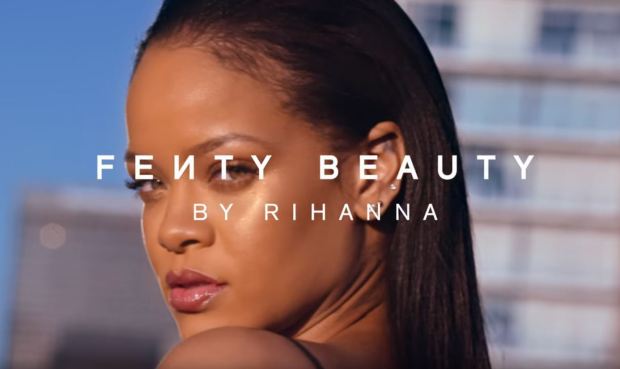 The nature of social media platforms and the rise of beauty bloggers and micro-influencers has propelled the issue of diversity in the beauty industry into the spotlight of global media within the last 5 years. In order to encourage the inclusion of all people in the industry and its partners, many consumers have called for the widening of product ranges to include those of ethnic minority groups. Unfortunately, not every brand has listened.
The nature of social media platforms and the rise of beauty bloggers and micro-influencers has propelled the issue of diversity in the beauty industry into the spotlight of global media within the last 5 years. In order to encourage the inclusion of all people in the industry and its partners, many consumers have called for the widening of product ranges to include those of ethnic minority groups. Unfortunately, not every brand has listened.
The launch of the highly anticipated Fenty Beauty christened itself “the new generation of beauty” – a claim considered bold by those who have so far remained underrepresented and excluded in the cosmetic industry. However, with a jaw-dropping 40 foundation shades to suit a range of all skin tones, Fenty Beauty launched with a new standard for the cosmetic industry to uphold and did, in fact, give rise to a new generation of beauty.
Industry Background
While both men and women have used cosmetics throughout history, many brands target female consumers based on their marketing campaigns. Recently, there has been a focus on producing products towards the ethnic niche markets in order to penetrate the Asian, African and South American markets. In light of this, the cosmetic industry has continuously attempted to create groundbreaking products in response to emerging trends in fashion, media, and television. This shows that ultimately, innovation is the heart of the cosmetic industry.
Fenty Beauty positioned itself as an inclusive beauty line for all skin tones and ethnicities from before it launched. Specifically, to cater for individuals with extremely light and extremely dark skin, as they are most likely to be underrepresented in new cosmetic launches and are often added to lineups merely as an “afterthought” – if they are ever added at all. Although the launch of Fenty Beauty was an international success that inspired a new era of beauty inclusivity, it begs the question – why? Why are ethnic groups so underrepresented in the beauty community? Why was Fenty Beauty necessary? What inspired a popular figure like Rhianna to contribute to the diversity debate? Most importantly – how did the media play a part in its creation?
Rise of the Industry
Globalisation is highly influential in the beauty industry and its partners in fashion and modelling. Global and social media has propelled the cosmetic industry into the spotlight as well as shed light on the lack of representation and inclusivity for individuals of all genders, ethnicities and skin tones. The rise of the micro-celebrity and social media influencers in the cosmetic industry can be attributed to this. According to Gannon and Prothero, beauty bloggers focus on the social practices of self-visual representation, contributing to the culture of the “ideal self”. Traditional media represents this “ideal self” as claustrophobic closeness to digitally-perfected faces – most of whom are of non-ethnic backgrounds. Statistics show that a mere 5% of TV advertisements feature ethnic minorities. Unfortunately for the cosmetic industry, these statistics were not drastically different.
As of 2016, there was still a radical difference between the representation of Caucasians and ethnic minorities in cosmetic lineups. Statistics show that 80% of cosmetic brands represented a non-ethic skin tone, and less than 20% catered towards minority groups. While some brands have not expanded their lines to cater to ethnic demands, consumers have been increasingly vocal about brands developing in order to cater for their ethnic consumers. It is this same rise in consumer demands driving brand awareness that paved the way for a successful woman of colour to launch her own makeup line to target these unrepresented markets. Through its launch, Fenty Beauty has attempted to normalise cosmetic standards to include all skin tones and set an example for existing and future brands to follow.
How has social media played a part?
Through global platforms such as YouTube, it is easier for consumers to view the issues with the cosmetic industry and feel a sense of urgency to rectify them. The rise of beauty bloggers such as Manny MUA and Jeffree Star has pushed the concept of male or androgynous beauty figures into the spotlight. Although conservative parties have met this with scrutiny, the cosmetic industry responded positively with Tom Ford’s Lips and Boys campaign. This campaign features both sexes in the shade names of the lipsticks, as well as the advertising, and attempts to normalise the idea of males wearing makeup: a step in the right direction to diminishing the idea that makeup is exclusive to any one gender.

Similarly, the rise of ethnic beauty bloggers has also shed light on the disparities between brands that do and do not cater to ethnic skin tones. YouTuber and influencer Nyma Tang has created an enlightening series entitled “#thedarkestshade”. This series tests the darkest colours in foundation ranges in order to see how they cater towards darker skin tones. With YouTube’s particularly strong online presence, it is easy for bloggers like Tang to be able to shed light on issues such as these in order to highlight the underrepresentation of ethnic groups. Through the launch of Fenty Beauty, ethnic groups that previously felt forgotten in a culture of white-washed beauty finally felt represented. The brand’s inclusivity is what made it an immediate worldwide success.
Whilst there has been impressive progress to diversify the industry, there remains a consensus that there is more to do. The current generation of cosmetic consumers has been vital in creating this progress that has been shaped by the rise of digital technologies. Due to the ongoing process of globalisation, the industry is continuing to expand and broaden their ranges. However, cosmetic lines continue to greatly underrepresent minority groups. Thanks to popular figures such as Rhianna, we can now see what an inclusive era of beauty looks like. An era where no man or woman or otherwise feels excluded. An era in which all genders, skin tones and ethnicities are recognised as individual and beautiful. All I can say is, it looks good, and I can’t wait to see more.


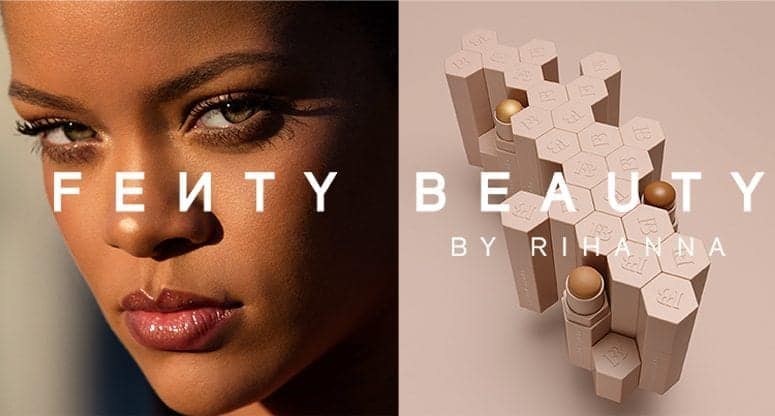
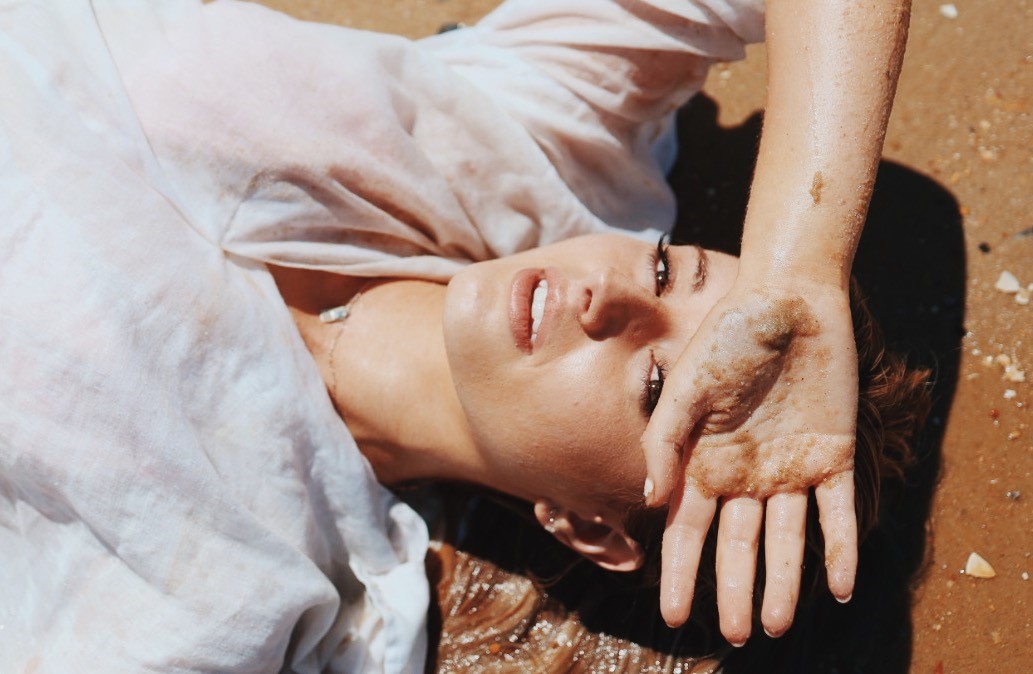


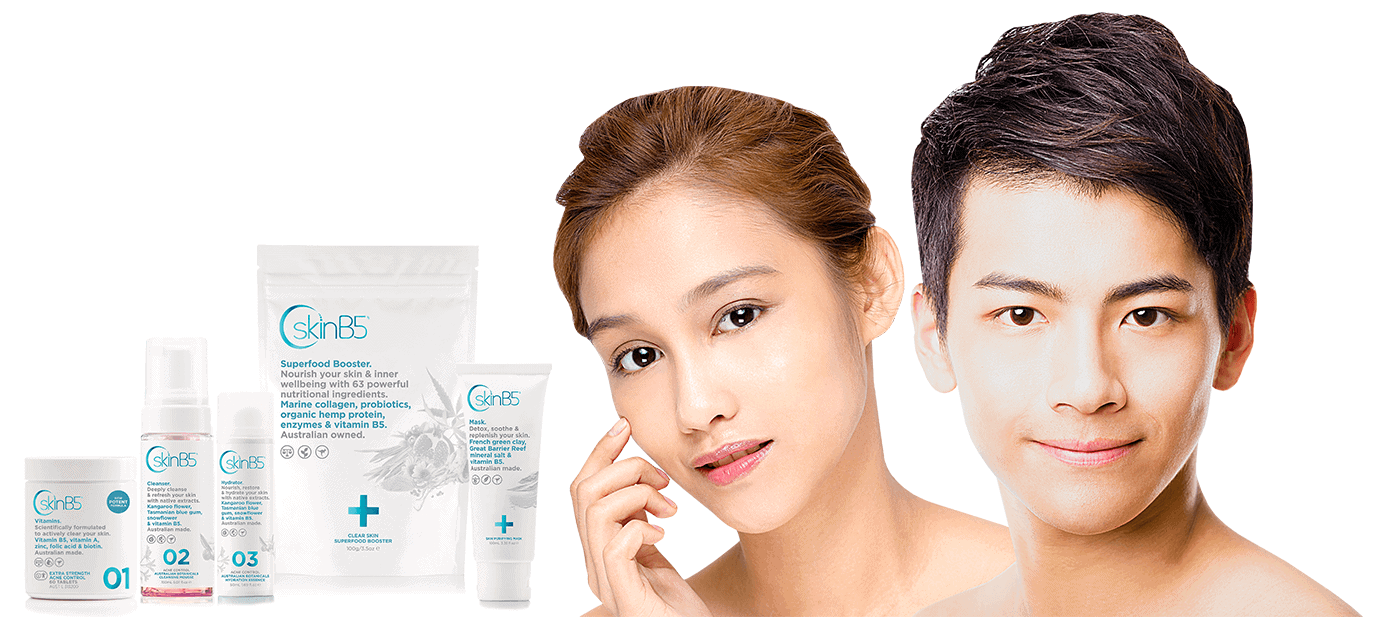
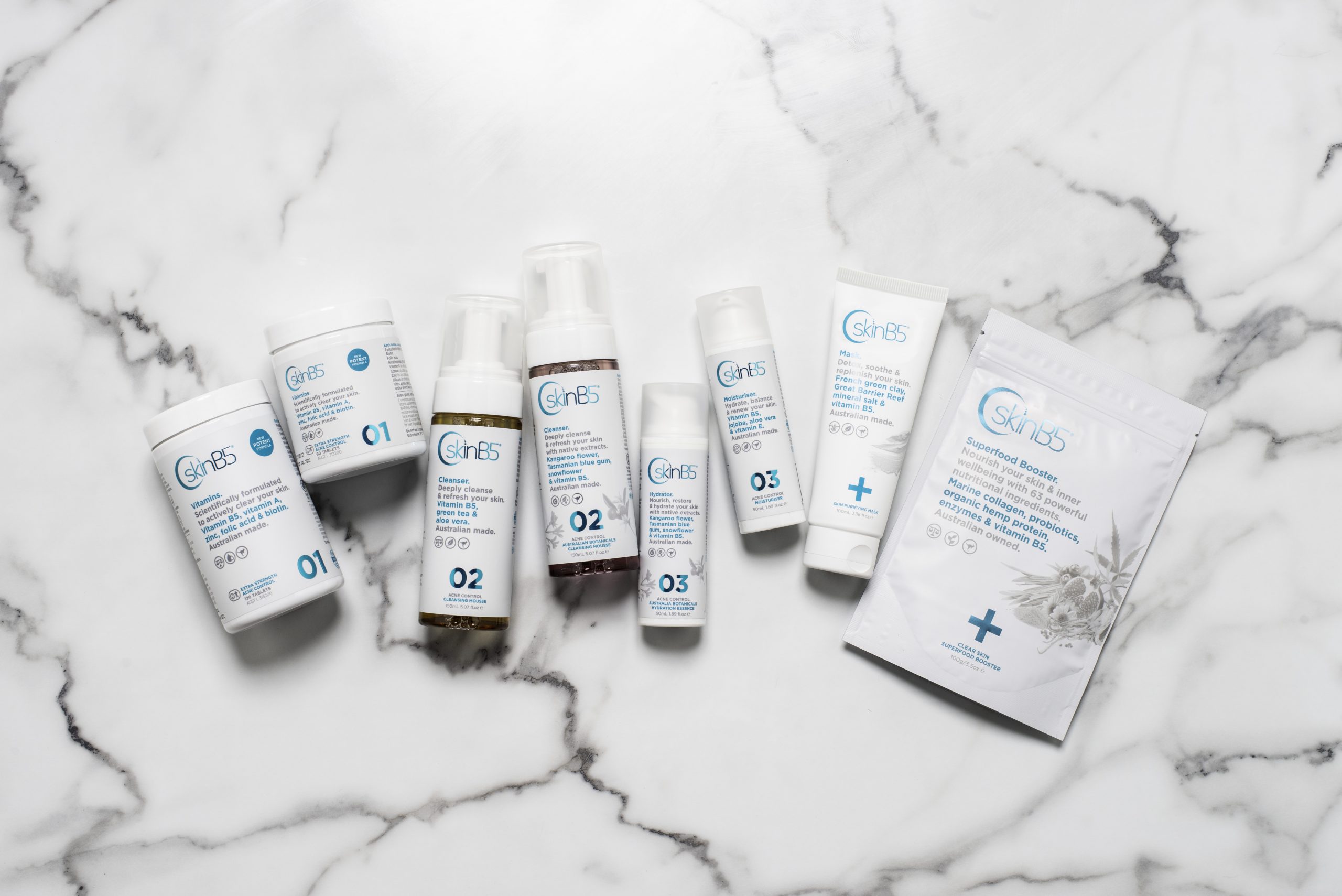
Leave A Comment